The Quantum Insider (TQI) is the leading online resource dedicated exclusively to Quantum Computing.
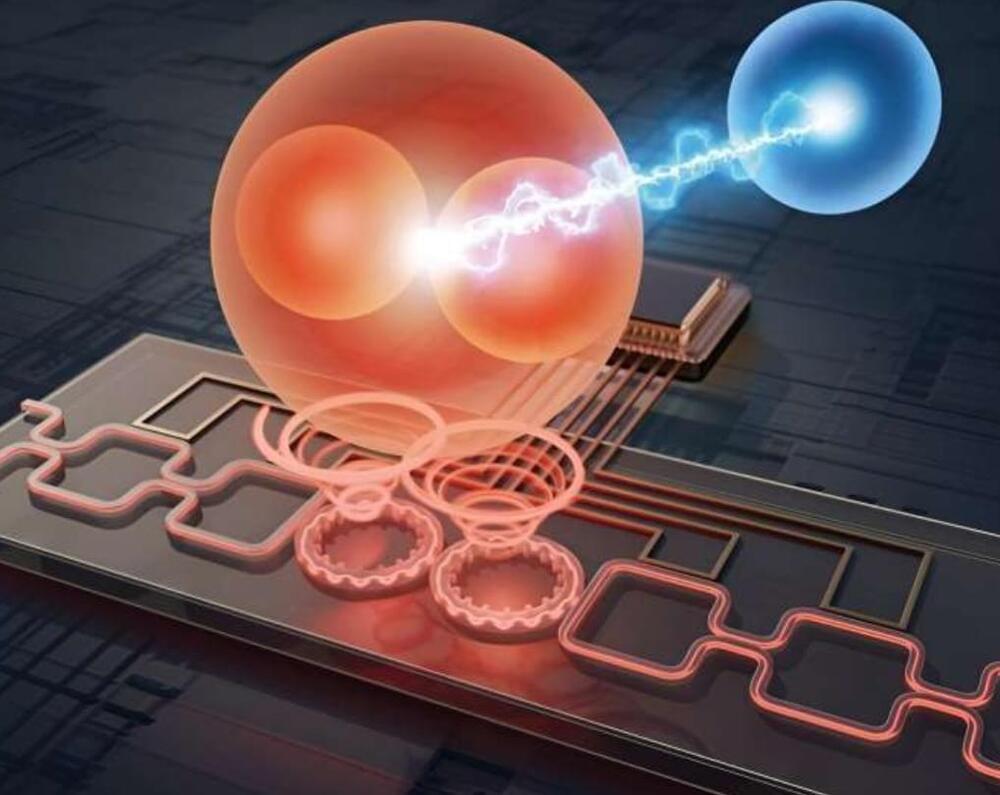

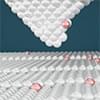
In a scientific breakthrough, an international research team from Germany’s Forschungszentrum Jülich and Korea’s IBS Center for Quantum Nanoscience (QNS) developed a quantum sensor capable of detecting minute magnetic fields at the atomic length scale. This pioneering work realizes a long-held dream of scientists: an MRI-like tool for quantum materials.
The research team utilized the expertise of bottom up single-molecule fabrication from the Jülich group while conducting experiments at QNS, utilizing the Korean team’s leading-edge instrumentation and methodological know how, to develop the world’s first quantum sensor for the atomic world.
The diameter of an atom is a million times smaller than the thickest human hair. This makes it extremely challenging to visualize and precisely measure physical quantities like electric and magnetic fields emerging from atoms. To sense such weak fields from a single atom, the observing tool must be highly sensitive and as small as the atoms themselves.

The Cartesian model of mind-body dualism concurs with religious traditions. However, science has supplanted this idea with an energy-matter theory of consciousness, where matter is equivalent to the body and energy replaces the mind or soul. This equivalency is analogous to the concept of the interchange of mass and energy as expressed by Einstein’s famous equation [Formula: see text]. Immanuel Kant, in his Critique of Pure Reason, provided the intellectual and theoretical framework for a theory of mind or consciousness. Any theory of consciousness must include the fact that a conscious entity, as far as is known, is a wet biological medium (the brain), of stupendously high entropy. This organ or entity generates a field that must account for the “binding problem”, which we will define. This proposed field, the conscious electro-magnetic information (CEMI) field, also has physical properties, which we will outline. We will also demonstrate the seamless transition of the Kantian philosophy of the a priori conception of space and time, the organs of perception and conception, into the CEMI field of consciousness. We will explore the concept of the CEMI field and its neurophysiological correlates, and in particular, synchronous and coherent gamma oscillations of various neuronal ensembles, as in William J Freeman’s experiments in the early 1970s with olfactory perception in rabbits. The expansion of the temporo-parietal-occipital (TPO) cortex in hominid evolution epitomizes metaphorical and abstract thinking. This area of the cortex, with synchronous thalamo-cortical oscillations has the best fit for a minimal neural correlate of consciousness. Our field theory shifts consciousness from an abstract idea to a tangible energy with defined properties and a mathematical framework. Even further, it is not a coincidence that the cerebral cortex is very thin with respect to the diameter of the brain. This is in keeping with its fantastically high entropy, as we see in the event horizon of a black hole and the conformal field theory/anti-de Sitter (CFT/ADS) holographic model of the universe. We adumbrate the uniqueness of consciousness of an advanced biological system such as the human brain and draw insight from Avicenna’s gendanken, floating man thought experiment. The multi-system high volume afferentation of a biological wet system honed after millions of years of evolution, its high entropy, and the CEMI field variation inducing currents in motor output pathways are proposed to spark the seeds of consciousness. We will also review Karl Friston’s free energy principle, the concept of belief-update in a Bayesian inference framework, the minimization of the divergence of prior and posterior probability distributions, and the entropy of the brain. We will streamline these highly technical papers, which view consciousness as a minimization principle akin to Hilbert’s action in deriving Einstein’s field equation or Feynman’s sum of histories in quantum mechanics. Consciousness here is interpreted as flow of probability densities on a Riemmanian manifold, where the gradient of ascent on this manifold across contour lines determines the magnitude of perception or the degree of update of the belief-system in a Bayesian inference model. Finally, the science of consciousness has transcended metaphysics and its study is now rooted in the latest advances of neurophysiology, neuro-radiology under the aegis of mathematics.
Keywords: anatomy & physiology; brain anatomy; disorders of consciousness; philosophy.
Copyright © 2020, Kesserwani et al.
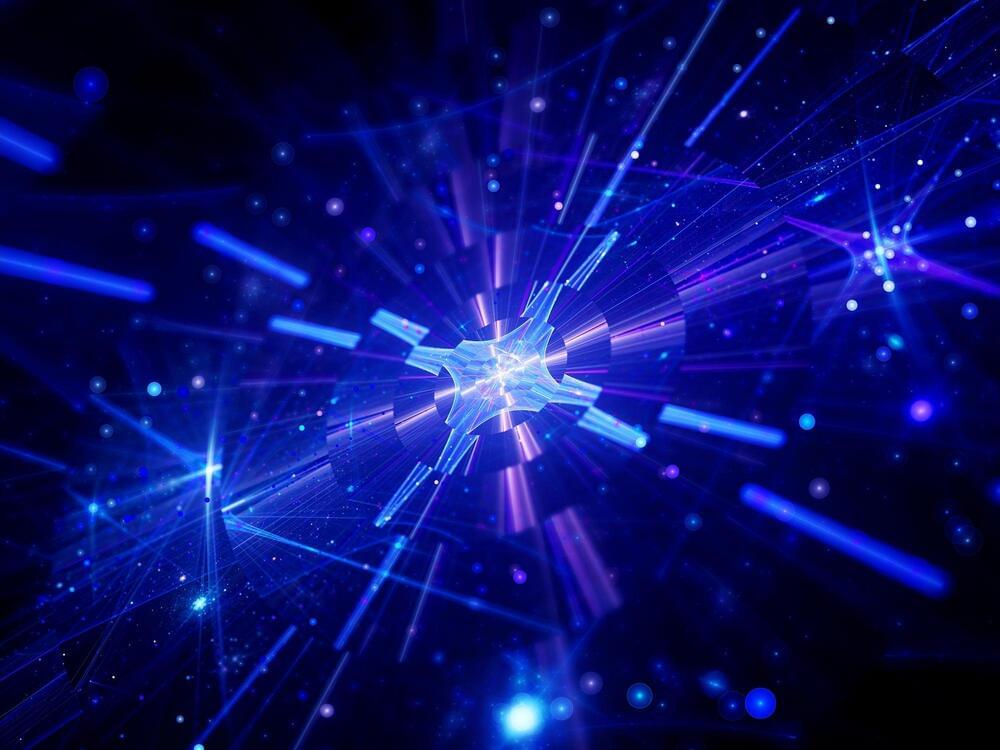
Researchers developed adjustable arrays of waveguides that introduce synthetic modal dimensions, enhancing the management of light within photonic systems. This innovation has potential applications ranging from mode lasing to quantum optics and data transmission.
In the realm of physics, synthetic dimensions (SDs) have emerged as a cutting-edge research frontier, providing a means to investigate phenomena in higher-dimensional spaces beyond our conventional 3D geometry. This concept has gained substantial attention, particularly in topological photonics, due to its potential to reveal complex physics that cannot be accessed within traditional dimensions.
Researchers have proposed various theoretical frameworks to study and implement SDs, aiming at harnessing phenomena like synthetic gauge fields, quantum Hall physics, discrete solitons, and topological phase transitions in four dimensions or higher. Those proposals could lead to new fundamental understandings in physics.

The project, led by Professor Zhiqin Chu from the Department of Electrical and Electronic Engineering at the University of Hong Kong (HKU), and Professor Qiang Wei from Sichuan University, utilized label-free quantum sensing technology to measure cellular force at the nanoscale. This advancement surpasses the limitations of traditional cellular force measurement tools and provides new insights into cellular mechanics, particularly regarding how cellular adhesion forces affect cancer cell spreading.
The research team has developed a new Quantum-Enhanced Diamond Molecular Tension Microscopy (QDMTM) that offers an effective approach for studying cell adhesion forces. Compared to cell force measurement methods that utilize fluorescent probes, QDMTM has the potential to overcome challenges such as photobleaching, limited sensitivity, and ambiguity in data interpretation. Furthermore, QDMTM sensors can be cleaned and reused, enhancing the absolute accuracy of comparing cell adhesion forces across various samples.
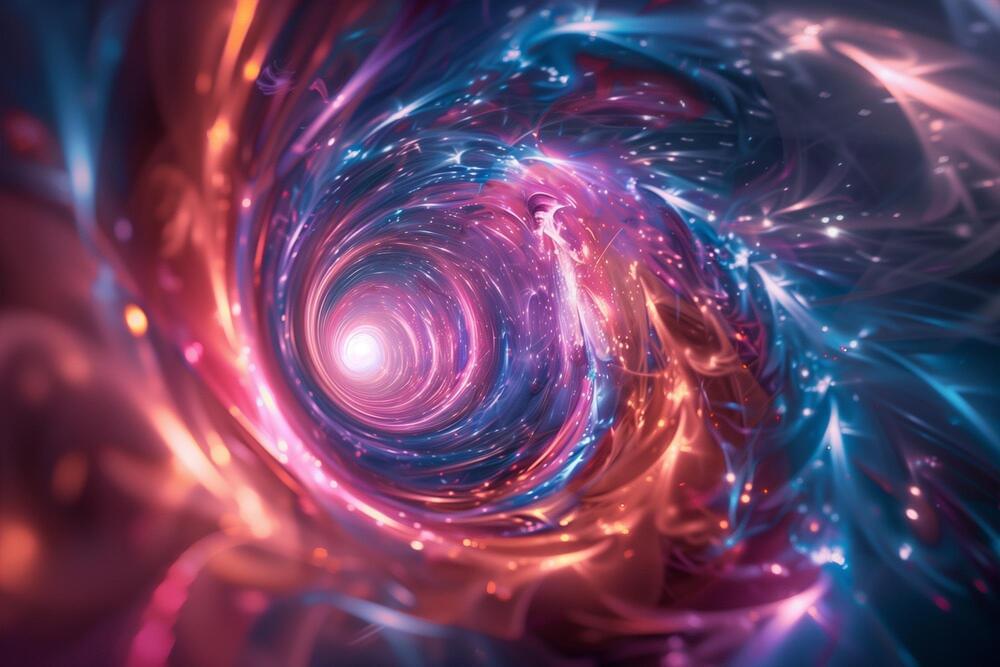
Researchers have created a quantum tornado in superfluid helium to simulate black hole conditions, advancing our understanding of black hole physics and the behavior of quantum fields in curved spacetimes, culminating in a unique art and science exhibition.
Scientists have, for the first time, created a giant quantum vortex in superfluid helium to mimic a black hole. This breakthrough has enabled them to observe in greater detail how analog black holes behave and interact with their surroundings.
Research led by the University of Nottingham, in collaboration with King’s College London and Newcastle University, has created a novel experimental platform: a quantum tornado. They have created a giant swirling vortex within superfluid helium that is chilled to the lowest possible temperatures. Through the observation of minute wave dynamics on the superfluid’s surface, the research team has shown that these quantum tornados mimic gravitational conditions near rotating black holes. The research has been published today in Nature.

Machine learning (ML) is one of the most important subareas of AI used in building great AI systems.
In ML, deep learning is a narrow area focused solely on neural networks. Through the field of deep learning, systems like ChatGPT and many other AI models can be created. In other words, ChatGPT is just a giant system based on neural networks.
However, there is a big problem with deep learning: computational efficiency. Creating big and effective AI systems with neural networks often requires a lot of energy, which is expensive.
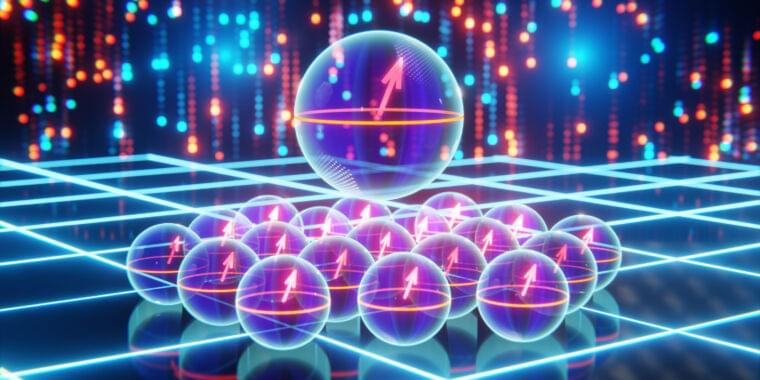
Learn more about neural networks and large language models on Brilliant! First 30 days are free and 20% off the annual premium subscription when you use our link ➜ https://brilliant.org/sabine.
A lot of big banks are banking on quantum computing because they think it’ll give them an edge in trading. Though I have on previous occasions noted my doubt that we’ll see any useful quantum computers within the next ten years, two new papers detailing new methods of scaling quantum computers have shifted my perspective. Let’s have a look.
Paper 1: https://www.nature.com/articles/s4158…
Paper 2: https://arxiv.org/abs/2404.
🤓 Check out my new quiz app ➜ http://quizwithit.com/
💌 Support me on Donorbox ➜ https://donorbox.org/swtg.
📝 Transcripts and written news on Substack ➜ https://sciencewtg.substack.com/
👉 Transcript with links to references on Patreon ➜ / sabine.
📩 Free weekly science newsletter ➜ https://sabinehossenfelder.com/newsle…
👂 Audio only podcast ➜ https://open.spotify.com/show/0MkNfXl…
🔗 Join this channel to get access to perks ➜
/ @sabinehossenfelder.
🖼️ On instagram ➜ / sciencewtg.
#science #sciencenews #quantumcomputer #technology #technews #tech
Quantum: Check out Our Video on Aduro: https://twobit.link/AduroVideoLearn More About Aduro: https://twobit.link/AduroQuantum Computers are are confusing and…